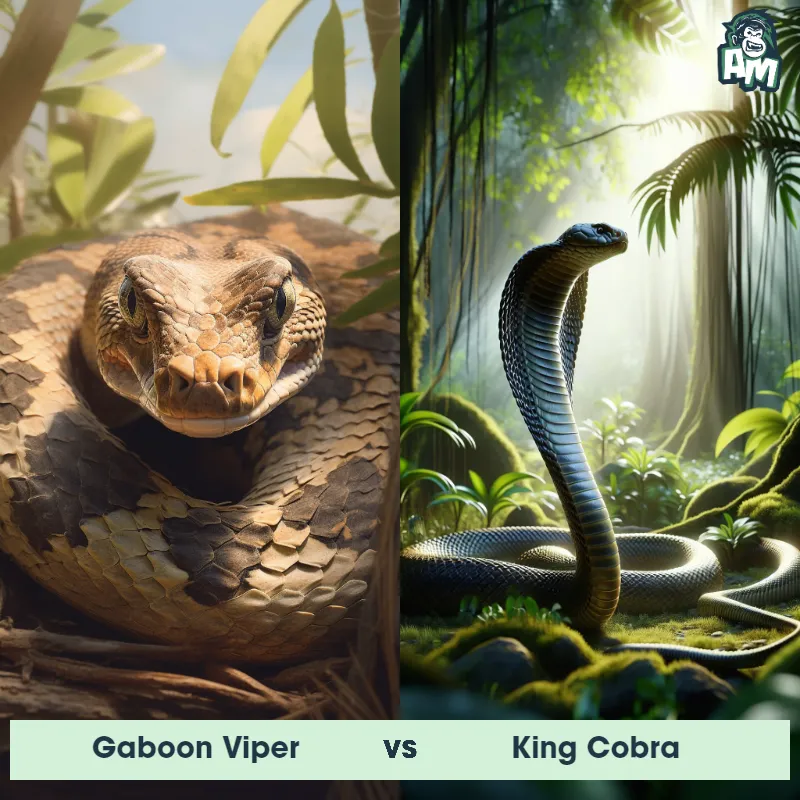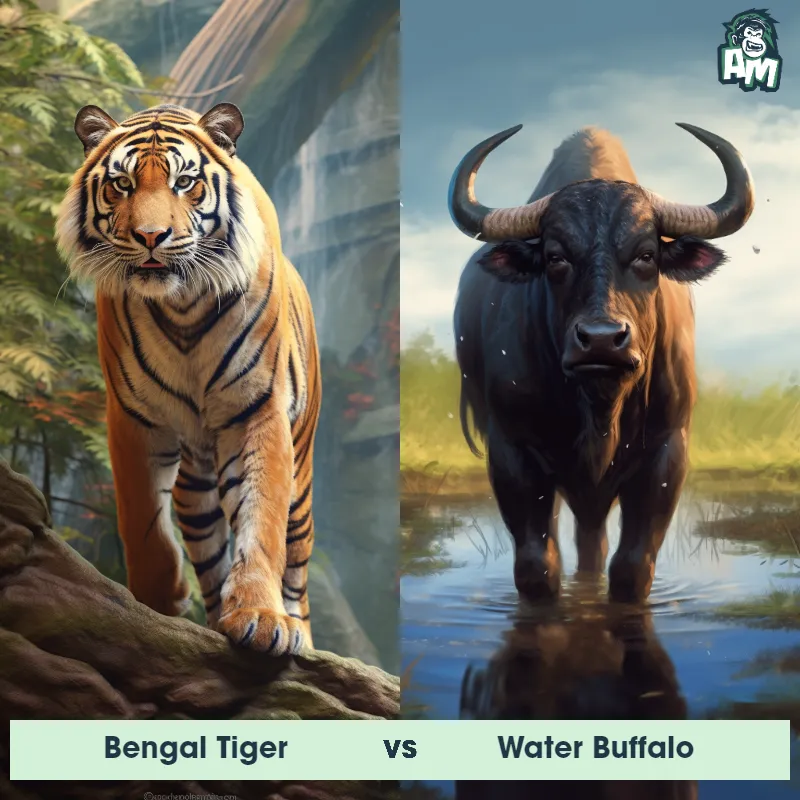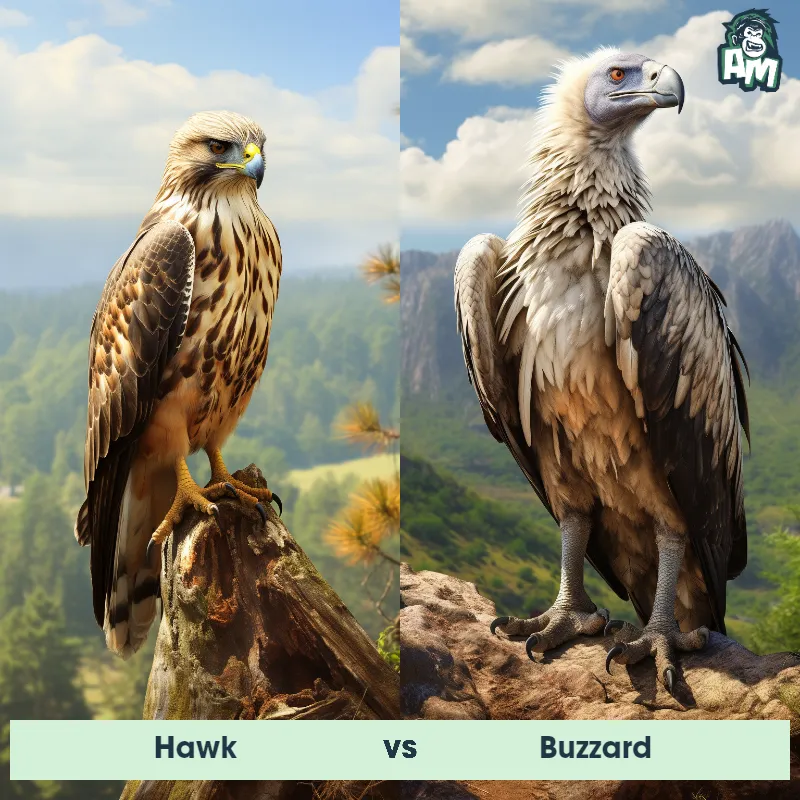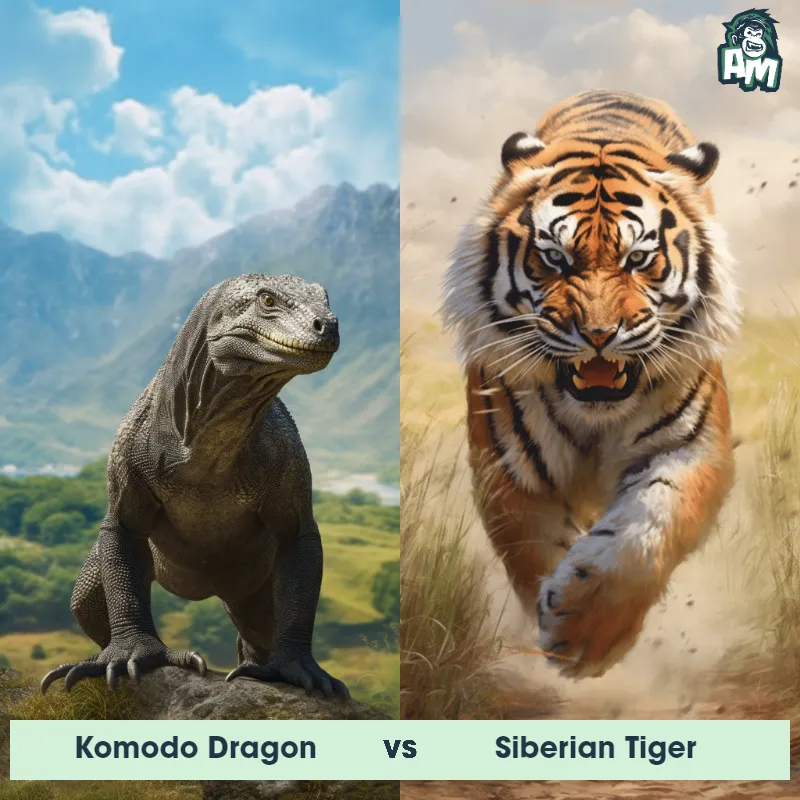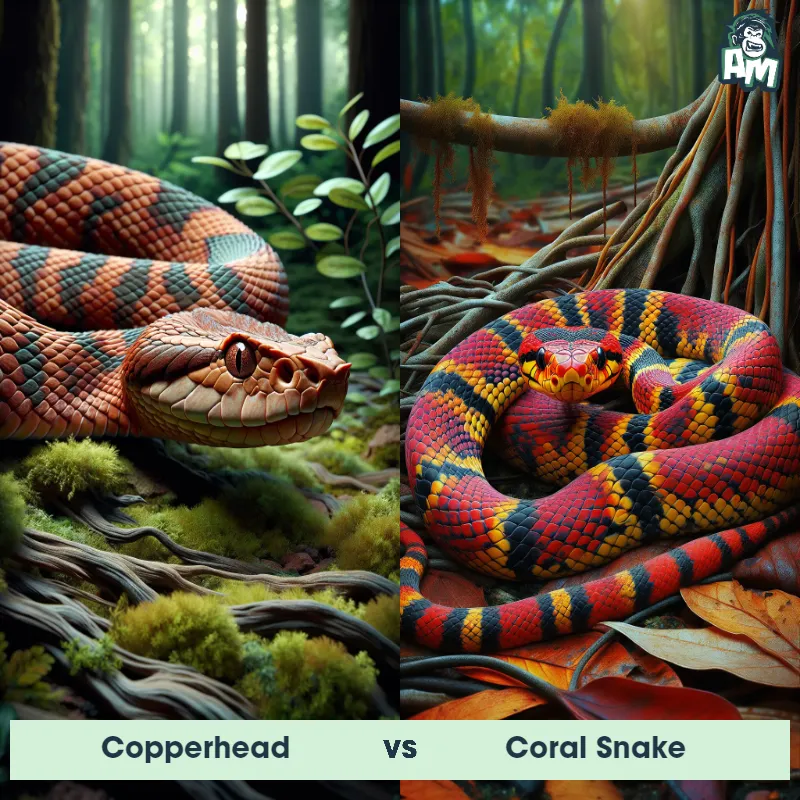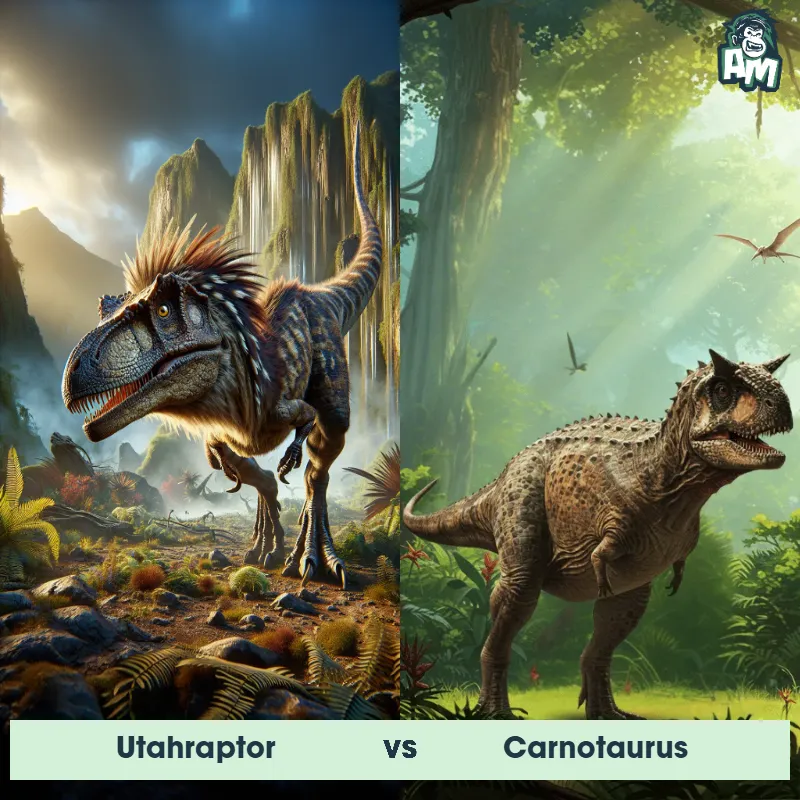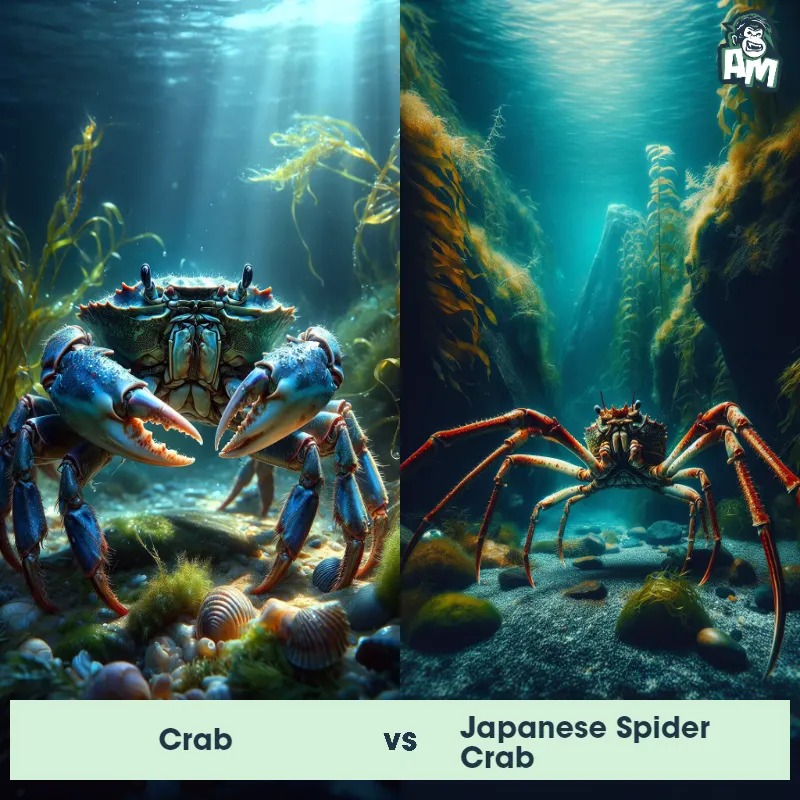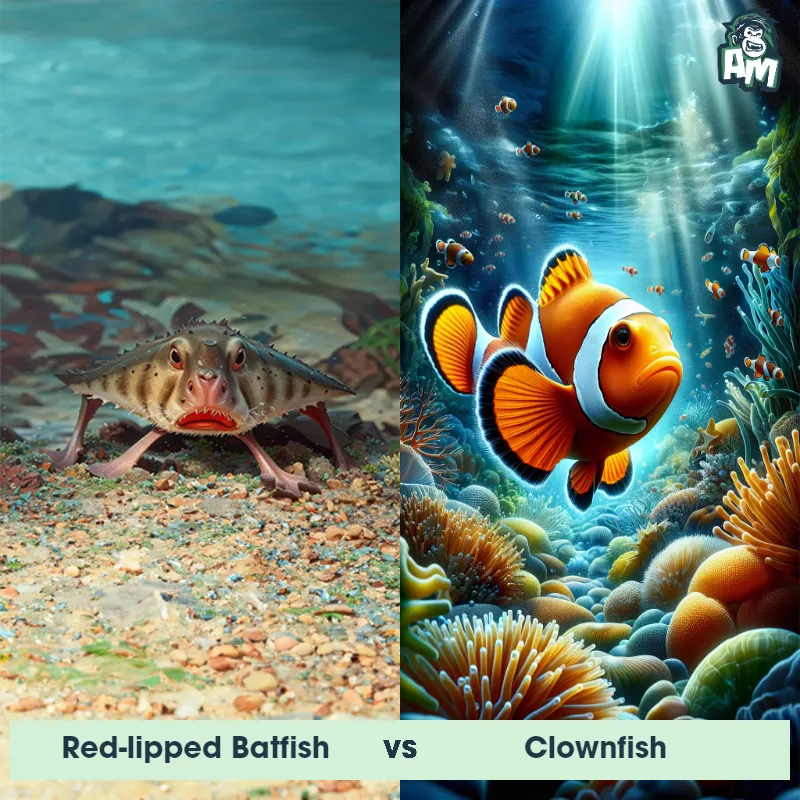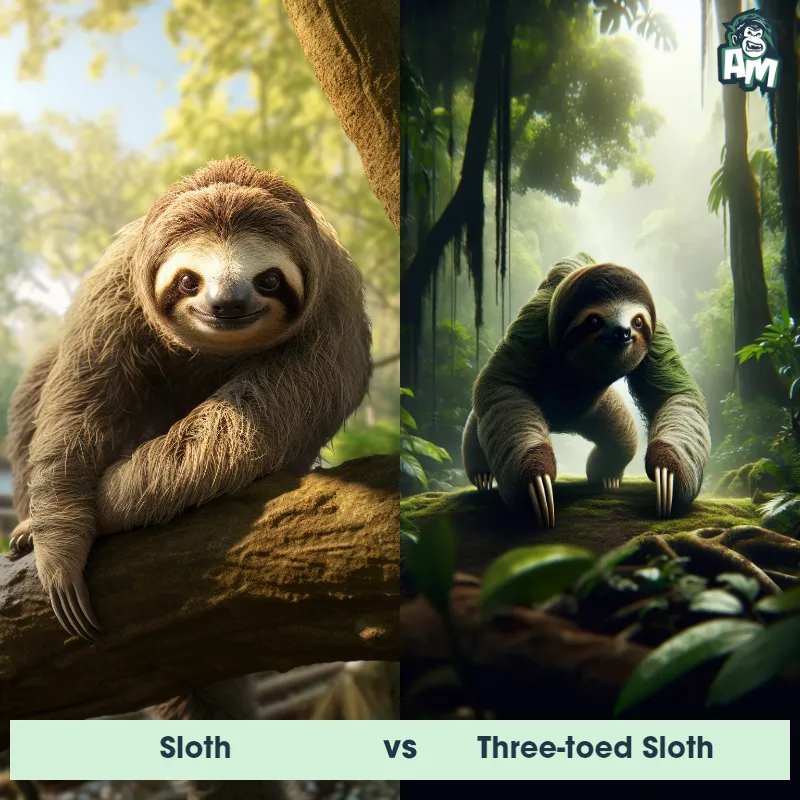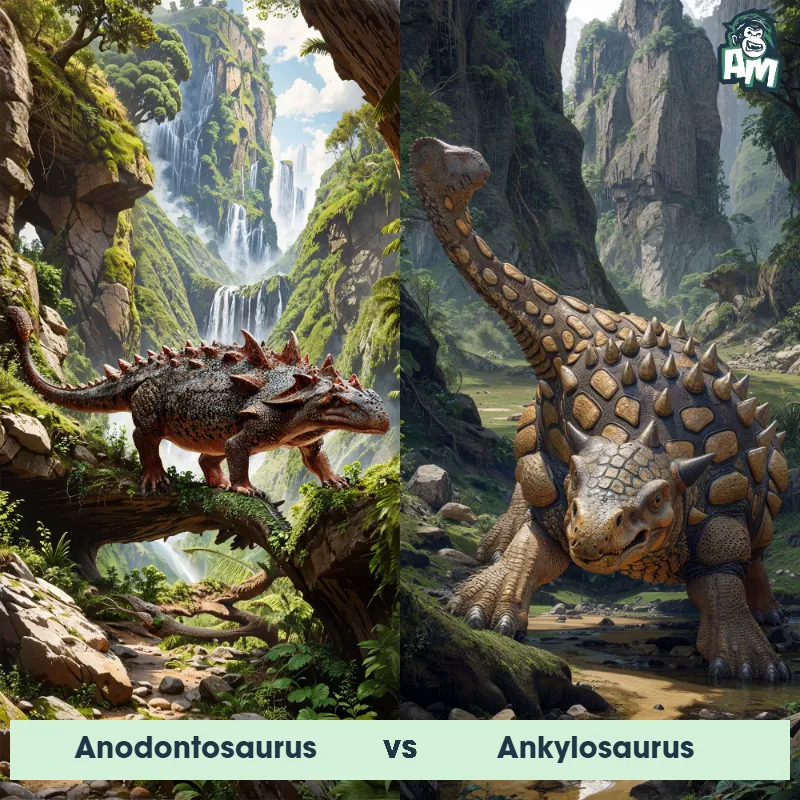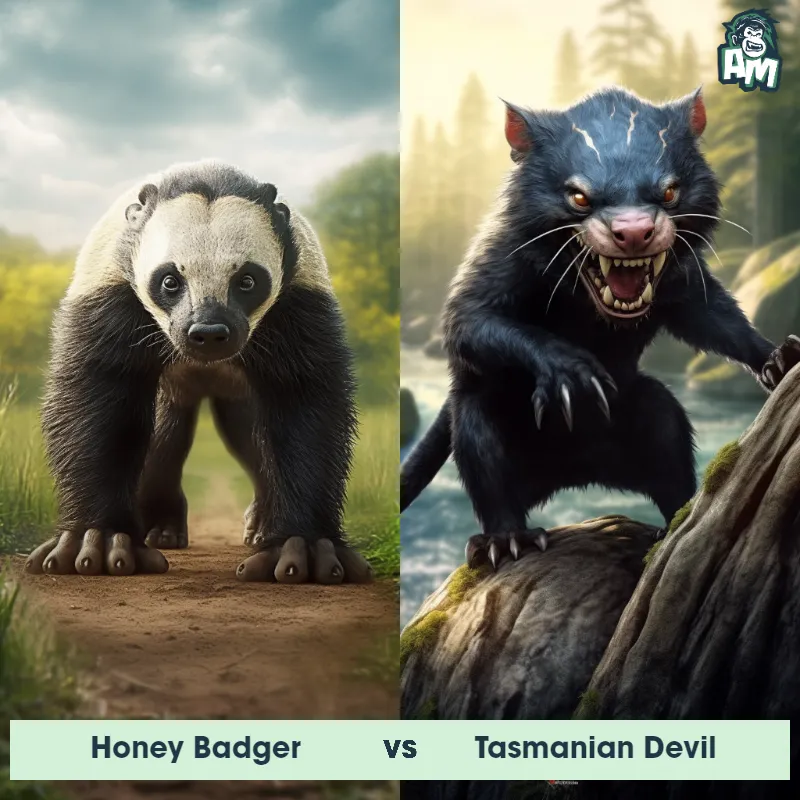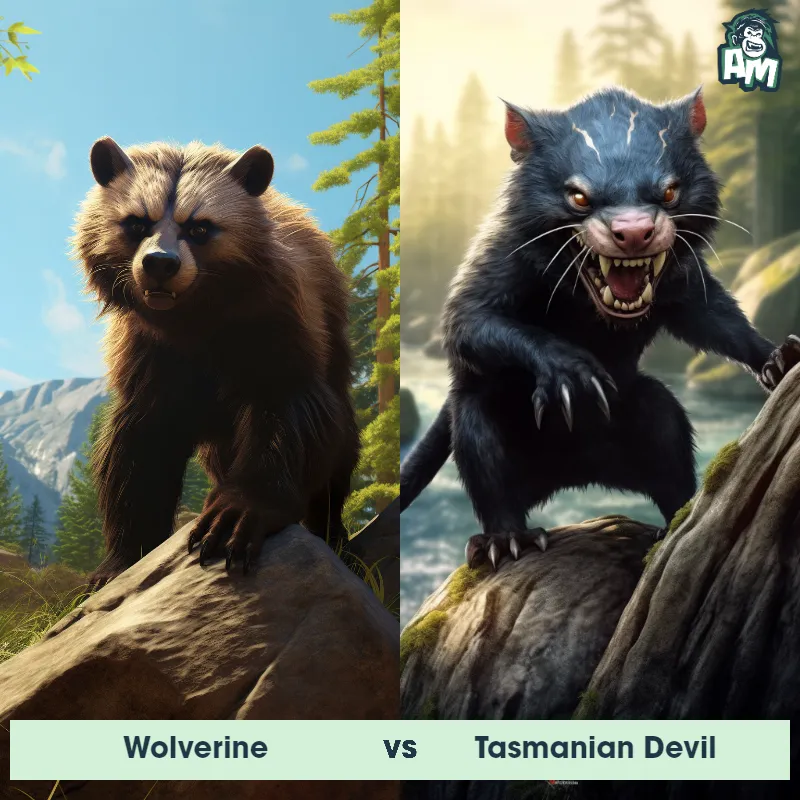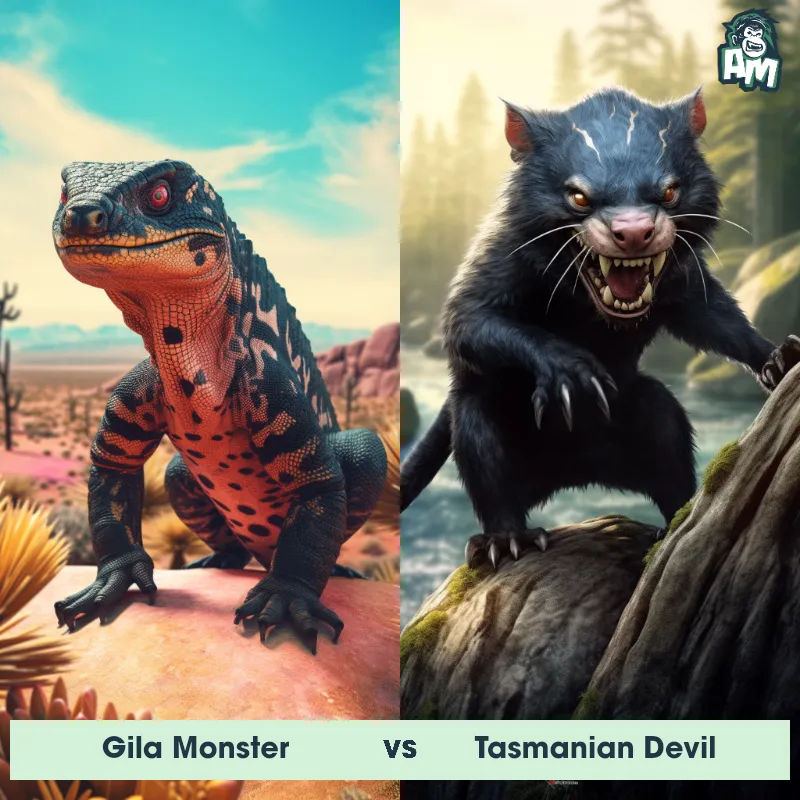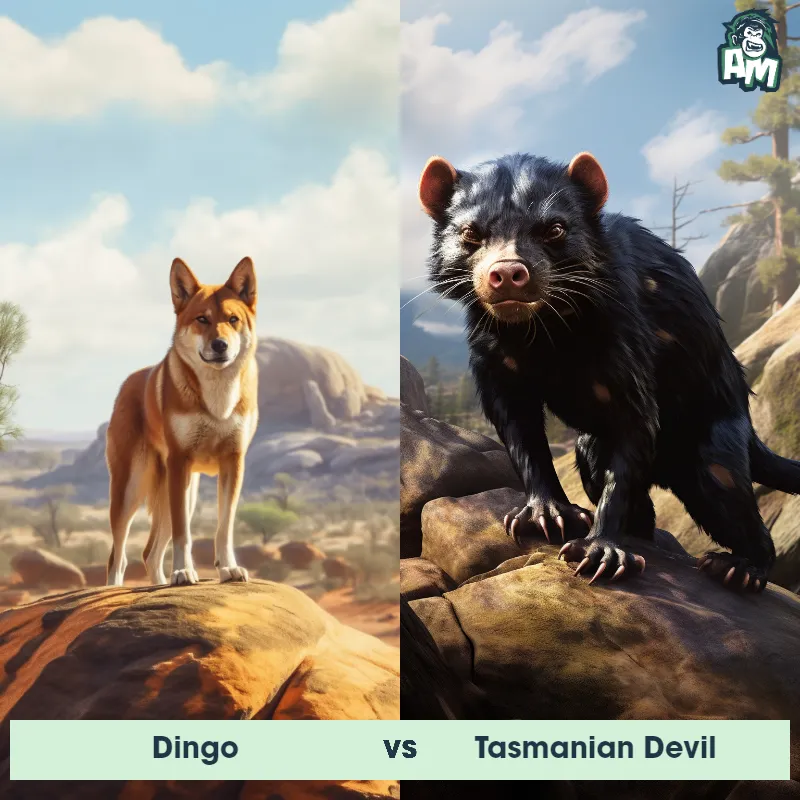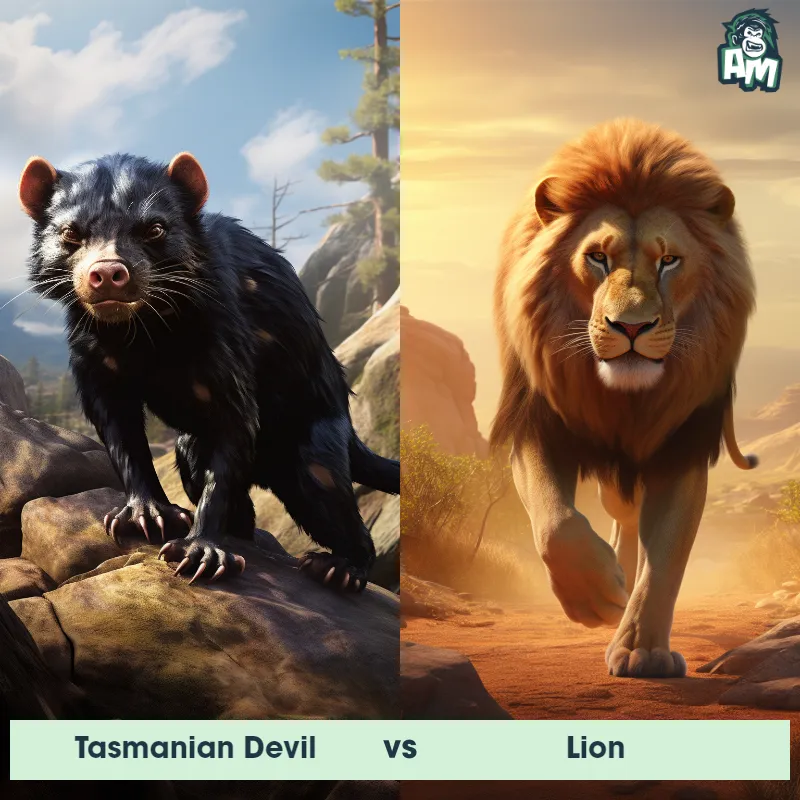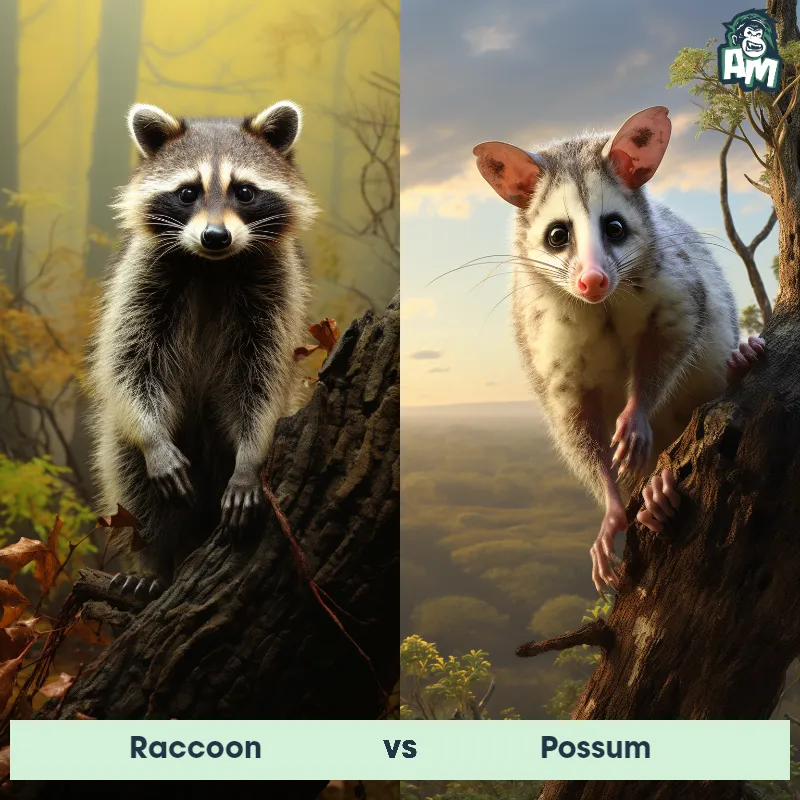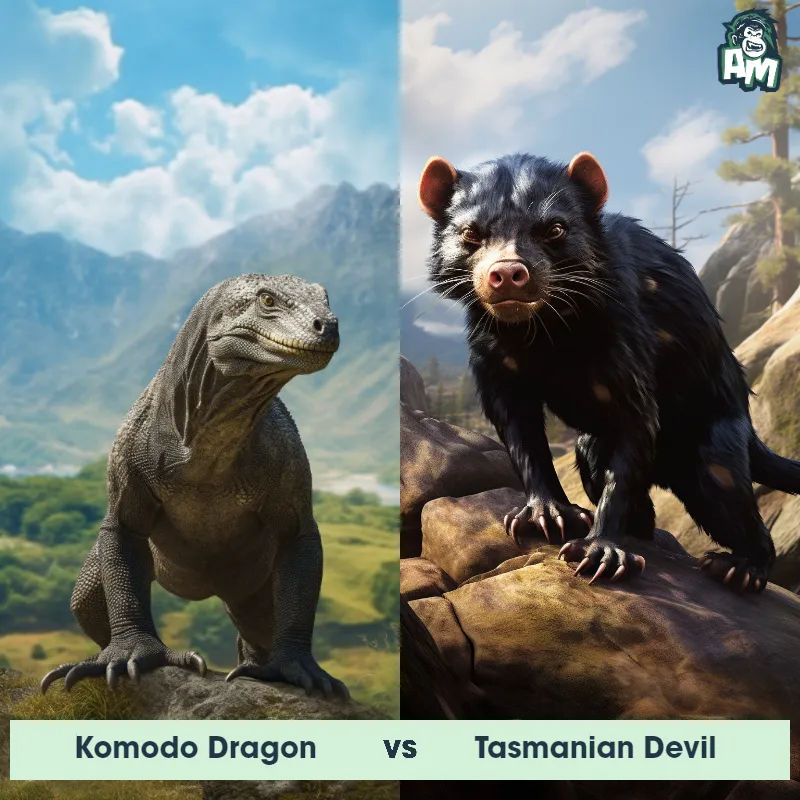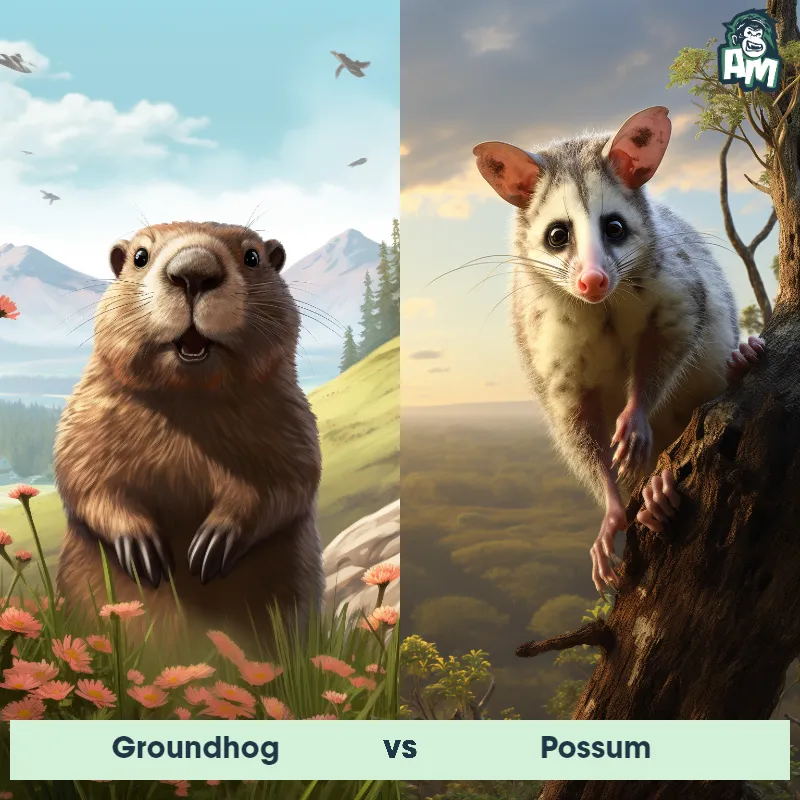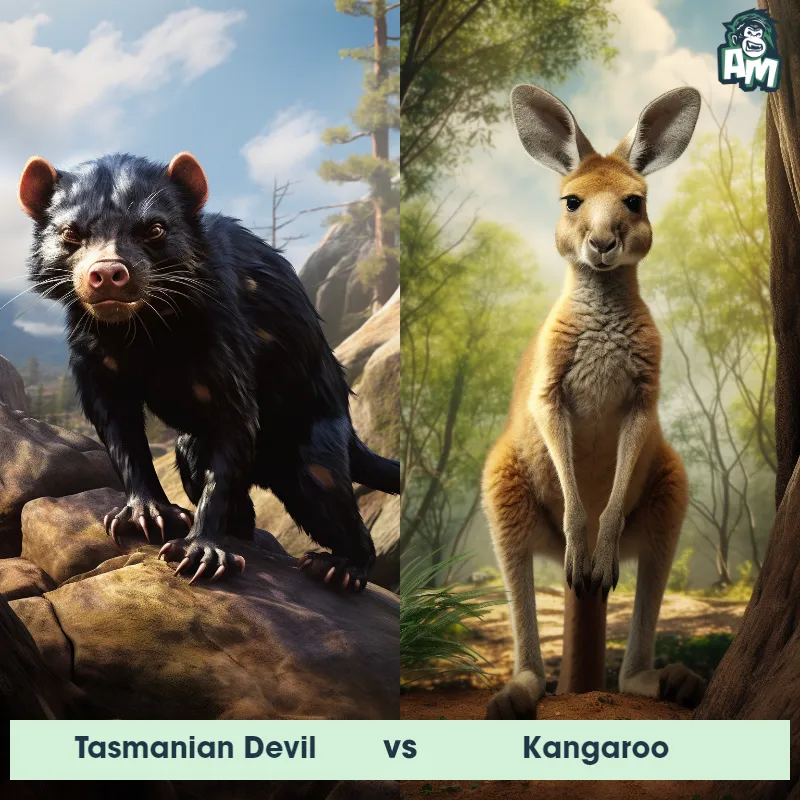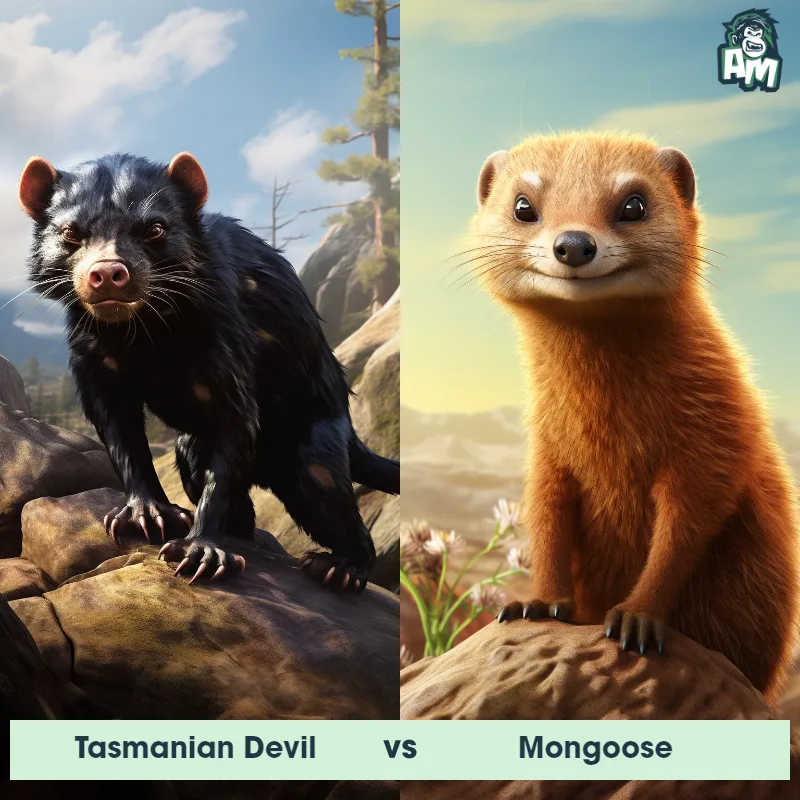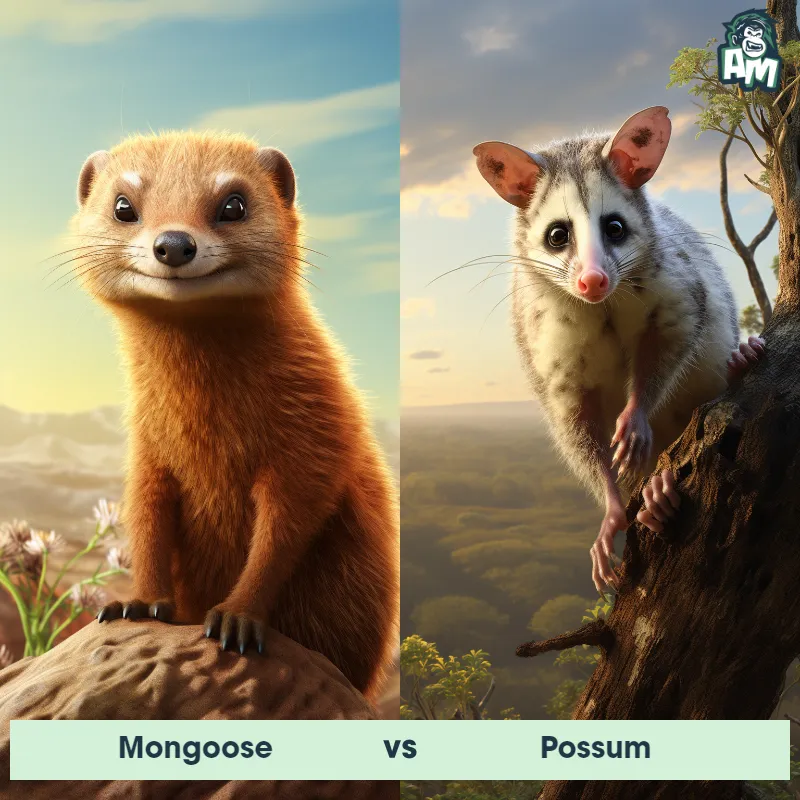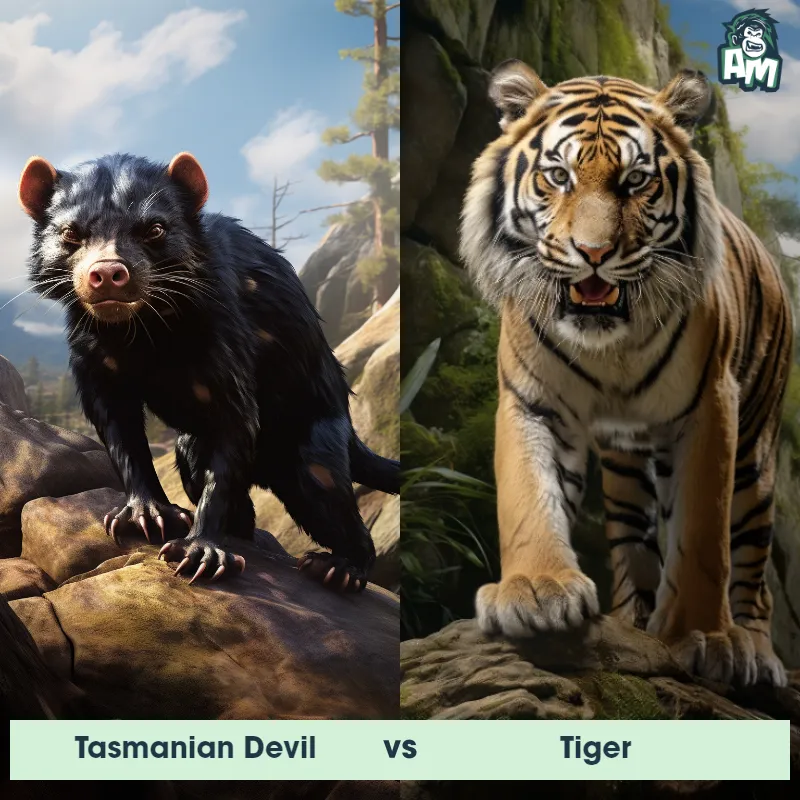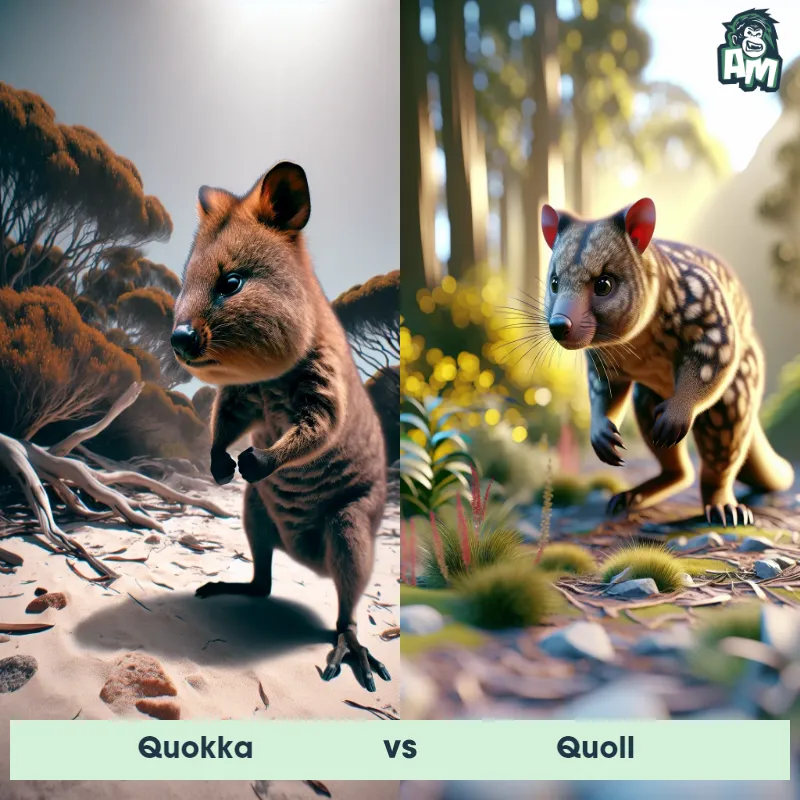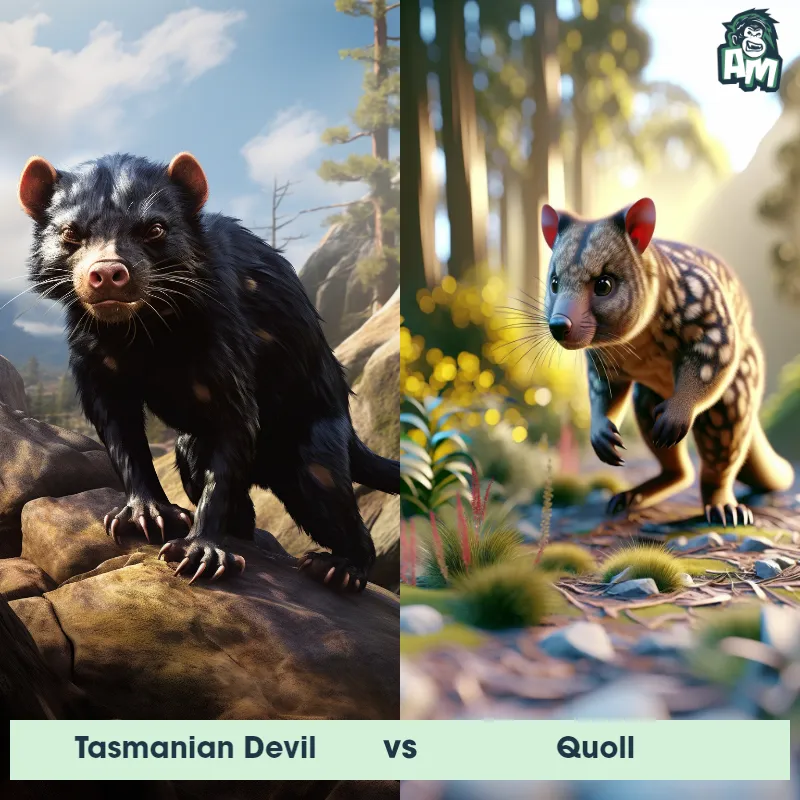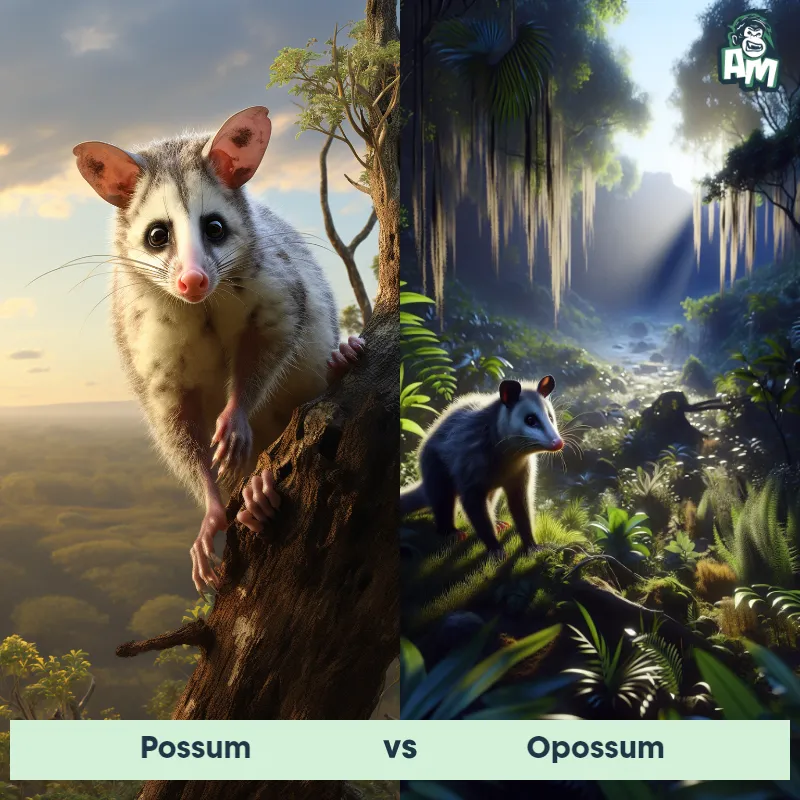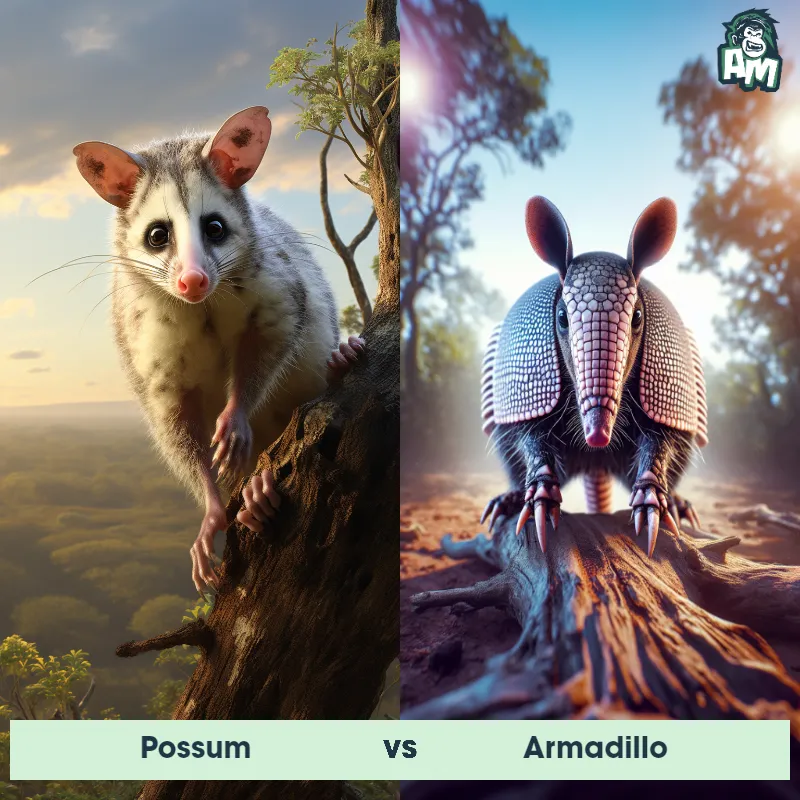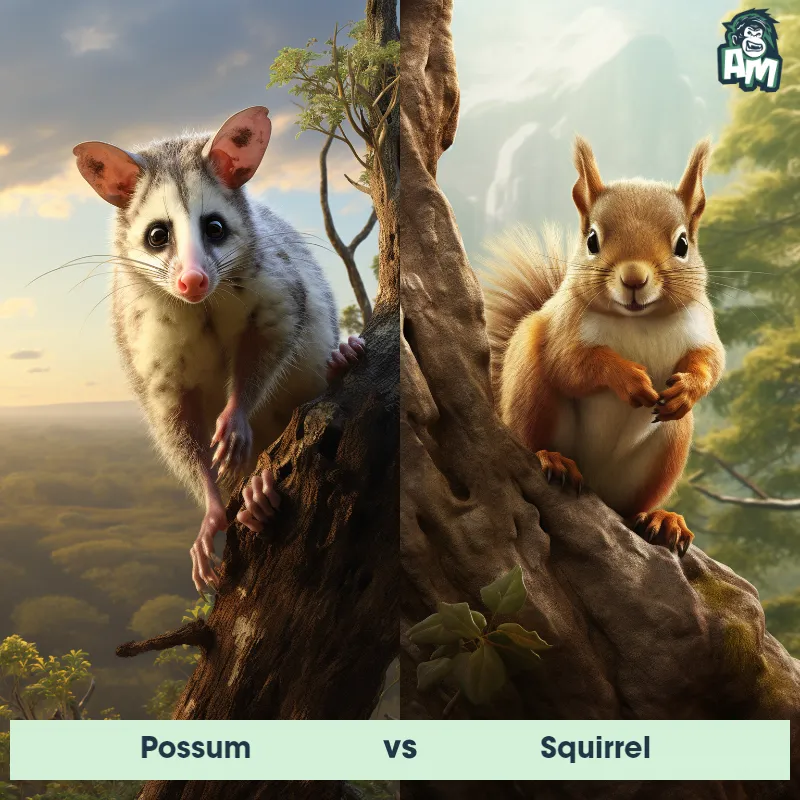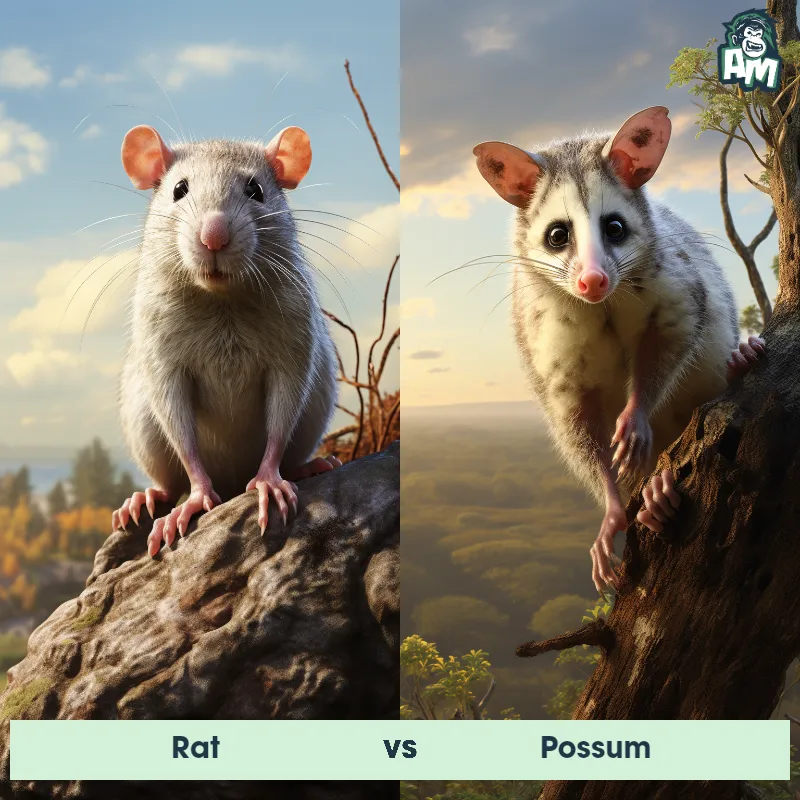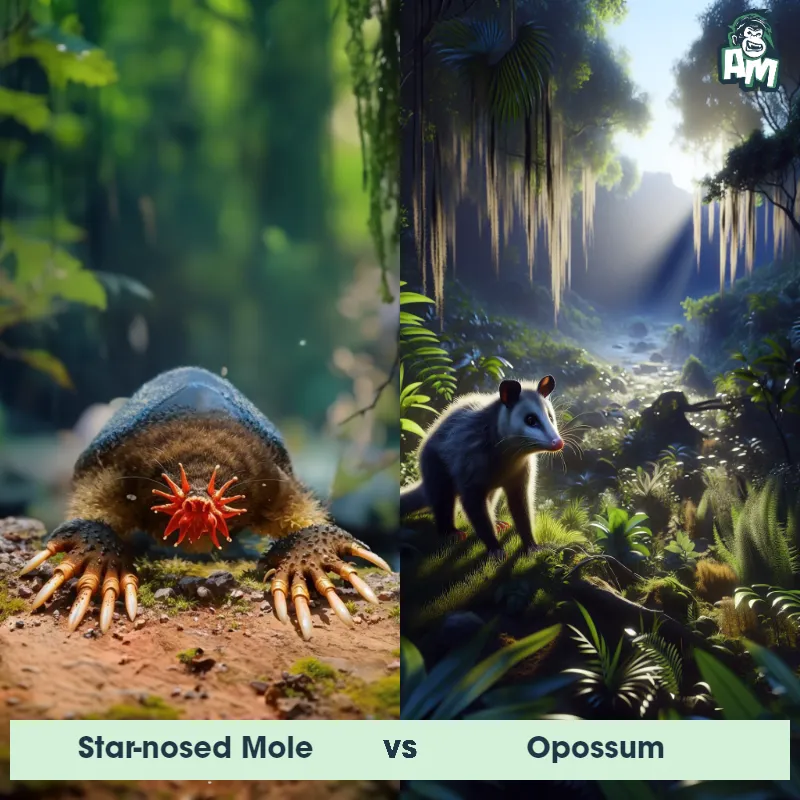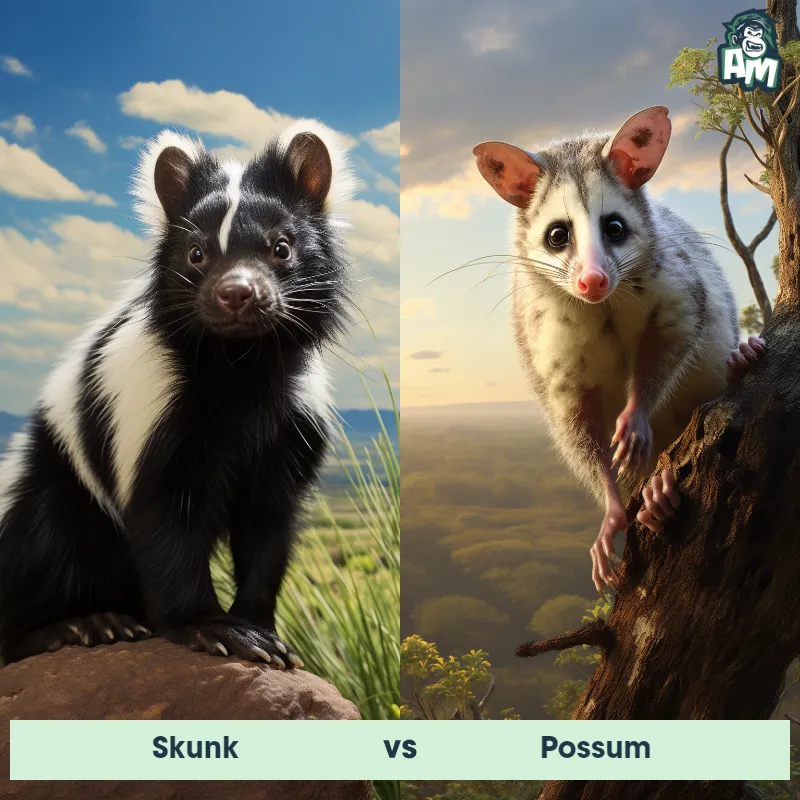Tasmanian Devil vs PossumSee Who Wins
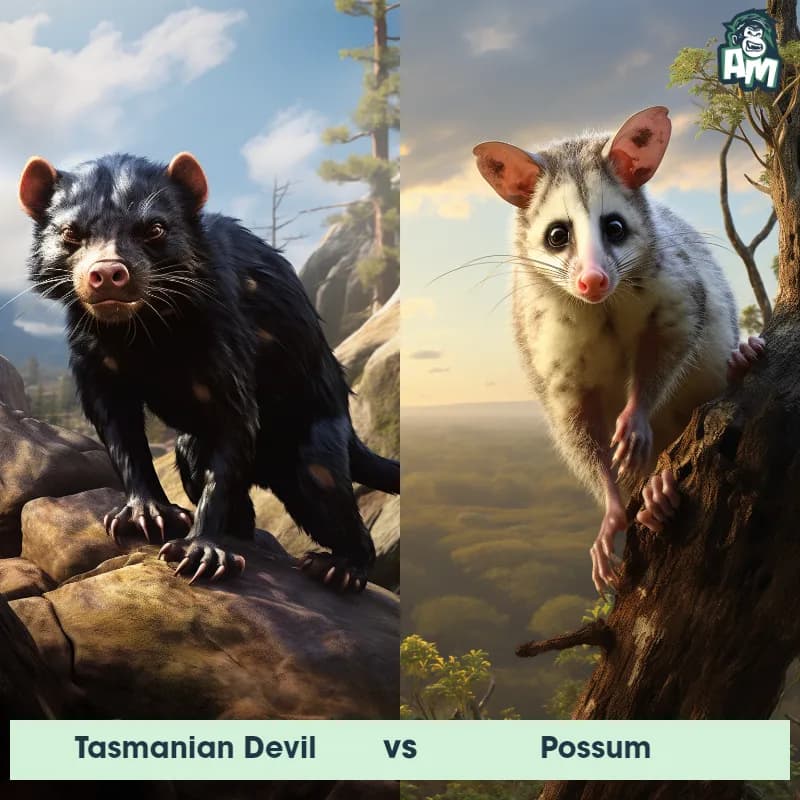
Ladies and gentlemen, welcome to a thrilling matchup here at the Animal Matchup Arena! Today, we have a battle between two formidable fighters, a Tasmanian Devil and a Possum. These two creatures may be small in size, but don't let that fool you. Their swift movements and cunning techniques make them fierce opponents. The tension in the air is palpable as we get ready to witness this extraordinary clash of natural abilities. Let's dive straight into the action!
Contender 1: Tasmanian Devil
The Tasmanian Devil is a carnivorous marsupial native to the island of Tasmania, Australia. They have a stocky build, black fur, and a distinctive white stripe on their chest. Tasmanian Devils are known for their powerful jaws and sharp teeth, which they use to crush and consume bones and cartilage. They are also known for their loud, aggressive vocalizations, which earned them their name.
Fun Fact: Tasmanian Devils are known for their unique way of communicating with each other, which involves a range of vocalizations including growls, screeches, and screams that can be heard up to a mile away.
Contender 2: Possum
The possum, often referred to as the opossum in North America, is a marsupial known for its adaptability to various environments. Possums have a rat-like appearance, with a pointed snout, naked tail, and rounded ears. They are usually gray or black and have white, fur-lined pouches where the females carry and nurse their young. Known for their nocturnal behavior, possums have a varied diet, feeding on insects, small animals, and various plants, including fruits and vegetables.
Fun Fact: Possums are known for their unique defense mechanism of "playing dead," or feigning death, when threatened, a behavior that can deter potential predators.
Matchup Stats
| Tasmanian Devil | Possum | |
|---|---|---|
| Size | 20-31 inches (50-80 cm) in length | 15-20 inches (38-51 cm) not including tail |
| Weight | 9-26 pounds (4-12 kg) | 1.5-14 lbs (0.68-6.35 kg) |
| Speed | Speed: 8 mph (12.87 km/hr) | 4.4mph (7km/h) |
| Key Strength | Powerful jaws and sharp teeth | Ability to feign death as a defense mechanism |
| Biggest Weakness | Limited endurance | Lack of aggressive behavior |
Current Votes
Tasmanian Devil vs Possum
See Who Wins
View More Matches
Looking For More?
Similar Matches
Scientific Stats
| Tasmanian Devil | Possum | |
|---|---|---|
| Scientific Name | Sarcophilus harrisii | Didelphis virginiana |
| Family | Dasyuridae | Didelphidae |
| Habitat | Forests, woodlands, and coastal heaths | Forests, farmlands, and suburban or urban areas |
| Geography | Tasmania, Australia | North America |
| Diet | Carnivorous, primarily scavengers but also hunt small prey | Omnivorous, eating insects, small animals, and various plants, including fruits and vegetables |
| Lifespan | 5 years - 6 years | 2 years - 4 years |
Key Differences between Tasmanian Devil and Possum
- Tail: Tasmanian Devils have a thick, robust tail that appears to be almost as long as their body. Possums, on the other hand, have a long, hairless prehensile tail that they can use to grasp and hang from branches.
- Coloration: Tasmanian Devils have coarse black fur covering their bodies, with white markings on their chest and sometimes on their rear. Possums, on the other hand, have a varied coloration that can include shades of gray, brown, black, and even red or yellow.
- Physical features: Tasmanian Devils have a stocky build with a large head and strong jaws, complete with powerful teeth, while Possums have a more slender body and a smaller head with a pointy snout.
- Ears: Tasmanian Devils have relatively small rounded ears, whereas Possums possess large, pointed ears that they can move independently to better locate sounds.
- Size: The Tasmanian Devil is generally larger than the Possum, with adults weighing between 6 and 12 kilograms, while Possums typically range between 500 grams to 4 kilograms.
- Behavior: Tasmanian Devils are known for their aggressive and ferocious behavior, often growling and screeching loudly. In contrast, Possums are generally more docile and are known for their ability to "play dead" when threatened, often curling up and remaining motionless.



